Product Description
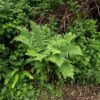

Dryopteris goldiana – Goldie’s Fern
Native/Non-native – Native
Hardiness Zone – 3-8
Sun – Partial shade to full shade
Moisture – Moist to wet
Size – 36-48″ height
Comments
* Evergreen
* Shady rock gardens
* Ponds, streams, wetlands
Description
Description: This perennial fern forms a loose rosette of a few basal leaves about 3-4½’ tall. Each compound leaf is 2-3′ long, 1-1½’ across, and ovate in outline; its structure is mostly pinnate-pinnatifid, although it is somewhat bipinnate below because some of the lower leaflets have distinct subleaflets. The tip of each compound leaf has a tendency to taper abruptly. Each compound leaf has 12-18 pairs of leaflets that are mostly perpendicular to the rachis (central leaf stalk) and arranged alternately. The longest leaflets are located toward the middle of each compound leaf. Each leaflet has 14-24 pairs of distinct lobes or subleaflets, forming an oblong-elliptic shape with a tapering tip. The longest lobes or subleaflets are located toward the middle of each leaflet. The lobes or subleaflets are short-oblong in shape, curving slightly outward toward the tip of each leaflet. Their margins are slightly crenate to slightly crenate-serrate.
The upper surface of the compound leaf is medium to dark green and hairless, while the its lower surface is slightly more pale and hairless. The rachis is light green or grayish green and glabrous to slightly scaly (usually the latter). The petiole is about one-third of the length of the compound leaf. It is light green to grayish green and more or less covered with brownish scales (more so at the bottom than at the apex). The sori (spore-bearing structures) occur on the lower side of the lobes or subleaflets. Each lobe or subleaflet typically has 6-8 pairs of sori along its midvein. Immature sori and their indusia (protective membranes) are light green to light gray, circular in shape, and non-glandular. At maturity during mid-summer, the sori turn brown and release their tiny spores to the wind. The root system consists of a short scaly rhizome and fibrous roots. The leaves of this fern are deciduous, dying down during the winter.
Cultivation: The preference is dappled sunlight to medium shade, moist to mesic conditions, and a loose fertile loam with decaying organic matter. This fern also requires relatively high humidity levels and protection from strong wind. If these conditions are met, it will adapt to cultivation in gardens.
Range & Habitat: The native Goldie’s Fern occurs in scattered counties in the northern half of Illinois and also in the southern section of the state (see Distribution Map). It is rare in Illinois, although not currently listed as threatened or endangered. Habitats consist of rich mesic woodlands, wooded ravines, shaded areas along the bases of cliffs and bluffs, and edges of swamps. This fern occurs in high quality habitats – typically old-growth deciduous woodlands, where such trees as maple, basswood, or beech are dominant and competition from shrubs is reduced.
Faunal Associations: A small number of insects has been found to feed on one or more species of Dryopteris spp. (Shield Ferns, Wood Ferns). These species include the aphid Amphorophora ampullata, the plant bug Monalocoris americanus, caterpillars of Herpetogramma theseusalis (Translucent Cat, Herpetogramma Moth), and caterpillars of Stathmopoda elyella (Iridescent Gold Moth); see Blackman & Eastop (2013), Knight (1941), Eastman (1992), and Microleps website (2010). The plant bug and Iridescent Gold Moth feed on developing sporangia or spores on the leaf undersides. Mammalian herbivores usually avoid the foliage of Dryopteris spp., which is known to be toxic for some species.
Comments: This is the largest fern of its genus in Illinois and also one of the most attractive. Goldie’s Fern can be distinguished from similar species in its genus by the large size of its compound leaves; they tend to taper abruptly at their tips, rather than gradually. On the undersides of the leaflet lobes or subleaflets, its sori are located near their midveins, rather than near their margins or halfway between their midveins and margins. Goldie’s Fern is regarded as one of the parents of a rare hybrid, Dryopteris × clintoniana (Clinton’s Wood Fern). This latter species differs from Goldie’s Fern by having sterile leaves that are evergreen and sori on fertile leaves that are located halfway between the margins and midveins of its leaflet lobes or subleaflets. In addition, its leaves are more narrow in shape.





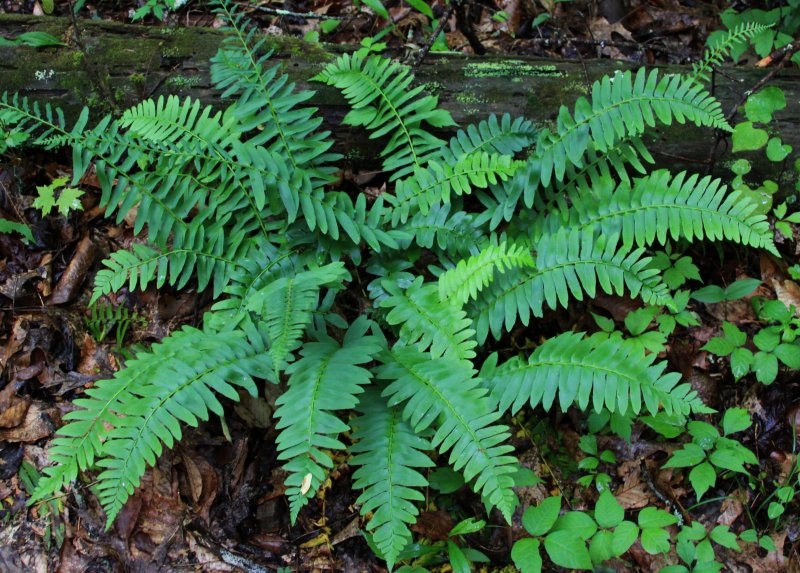
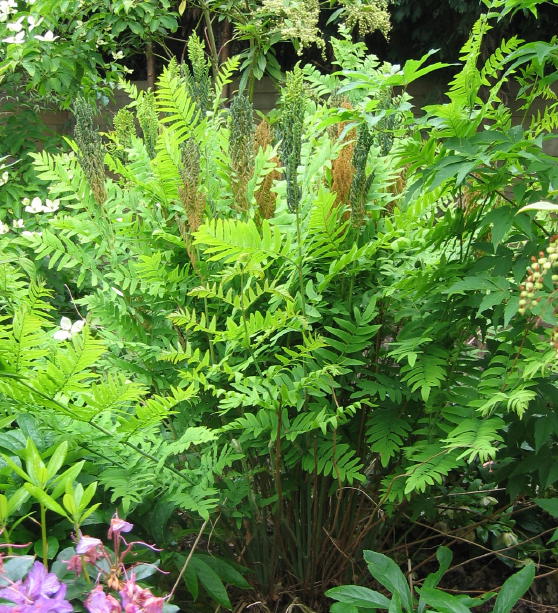
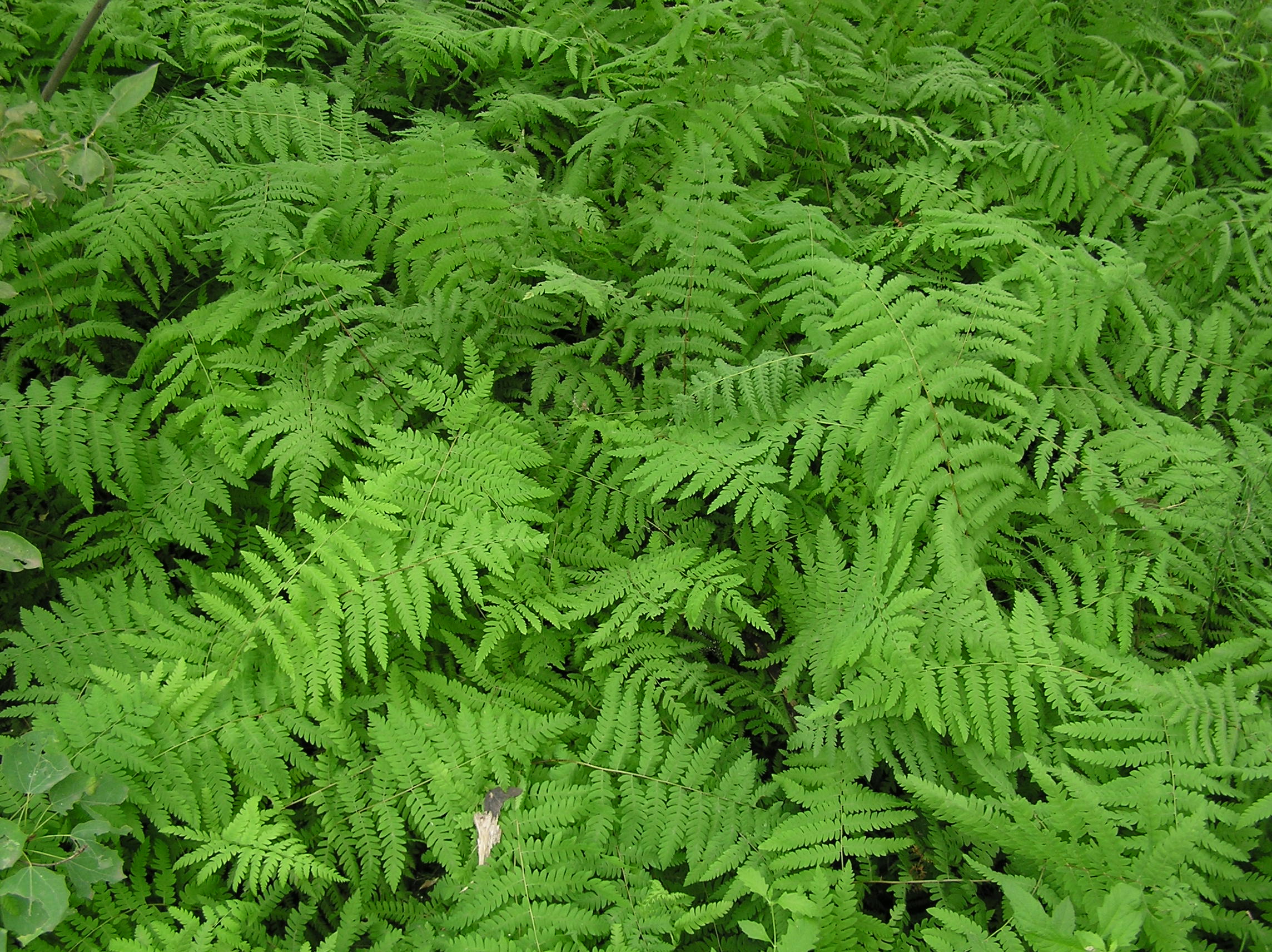
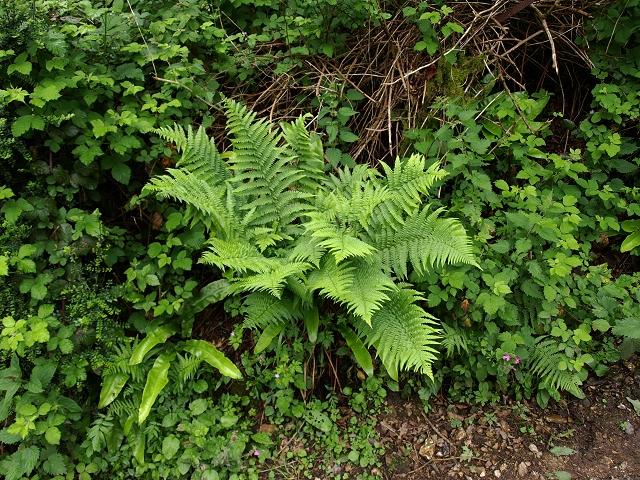
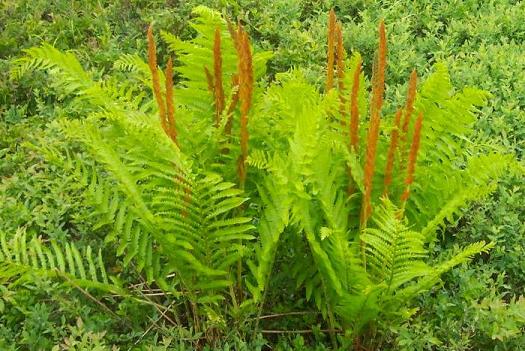
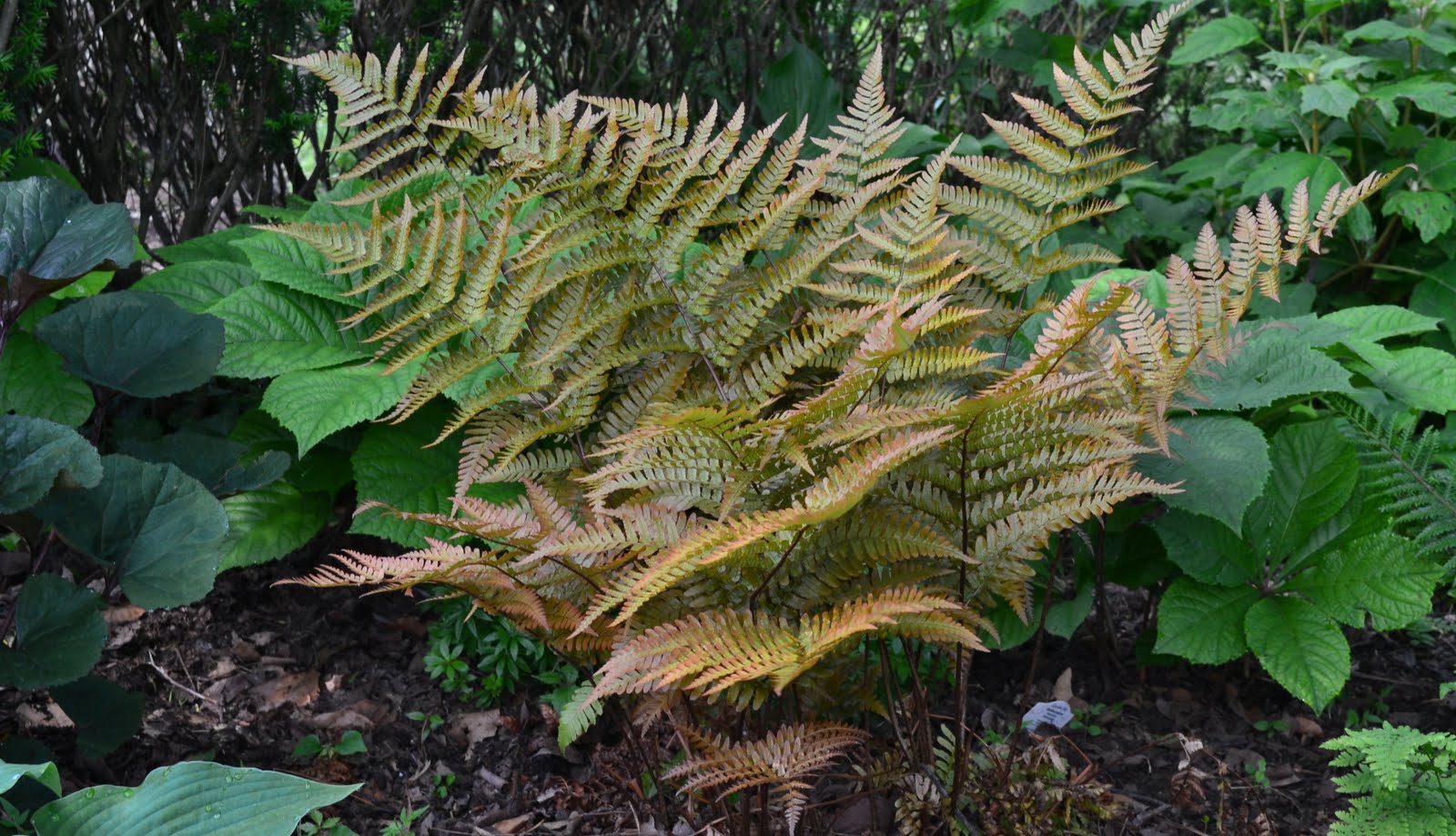

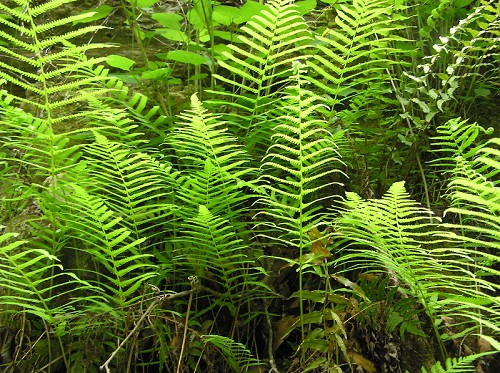

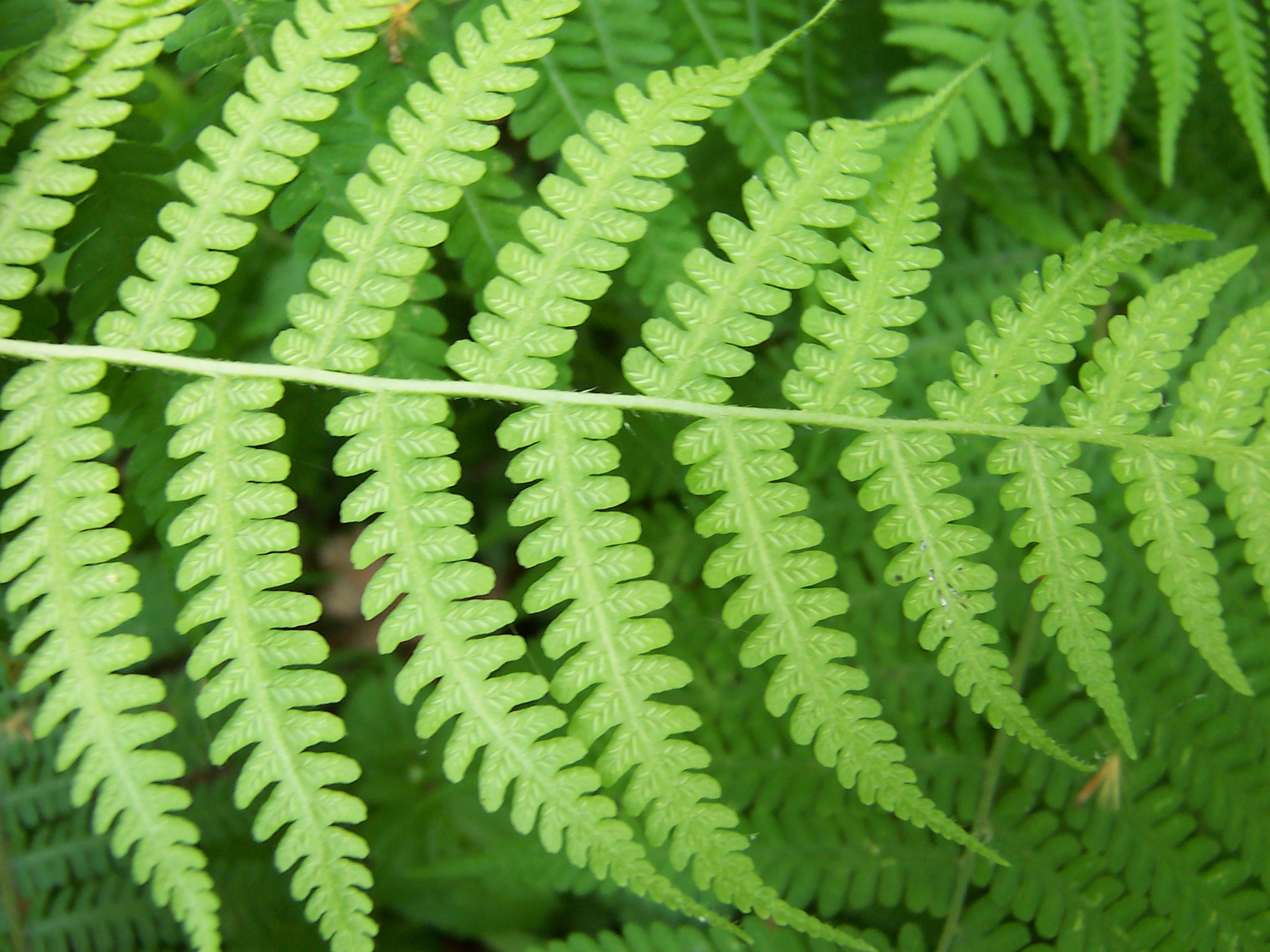






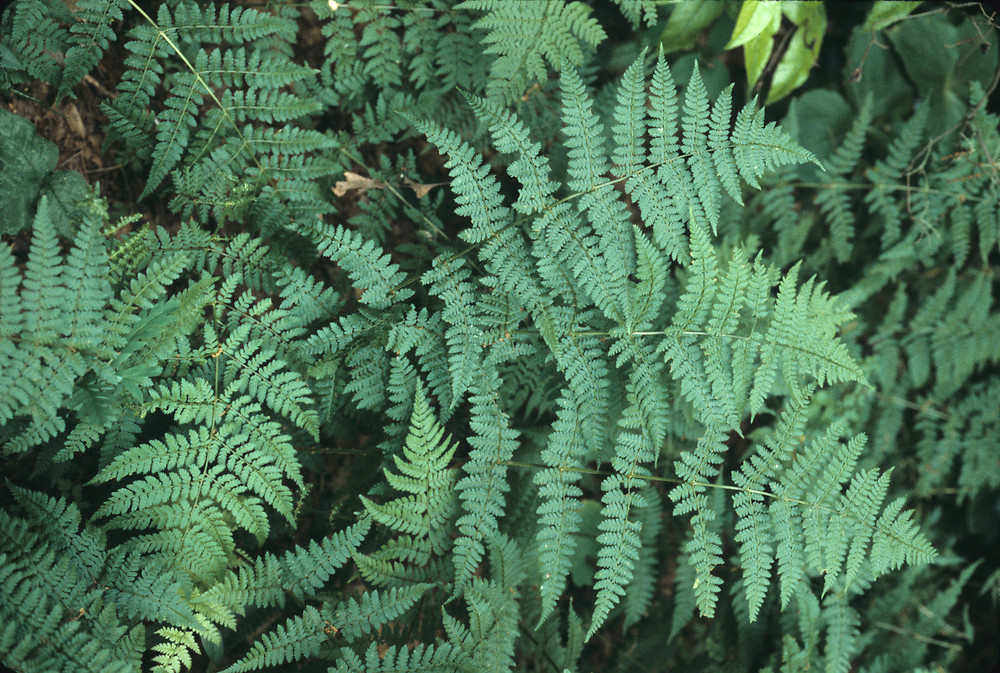

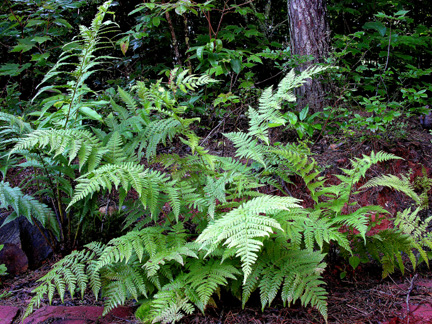
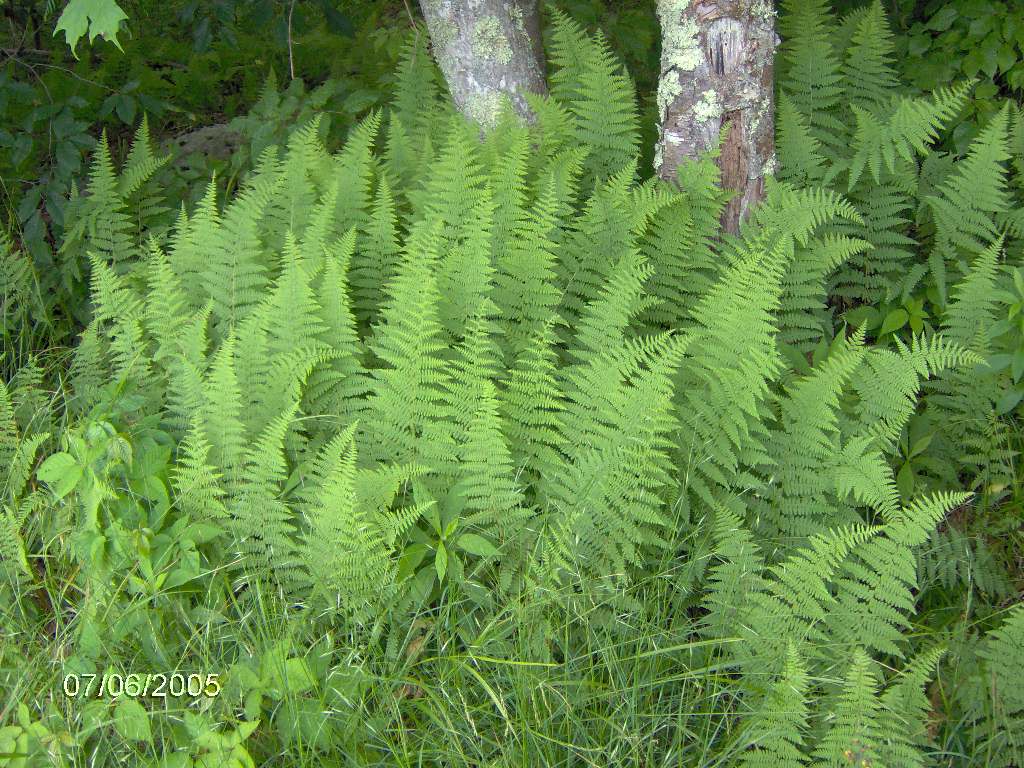
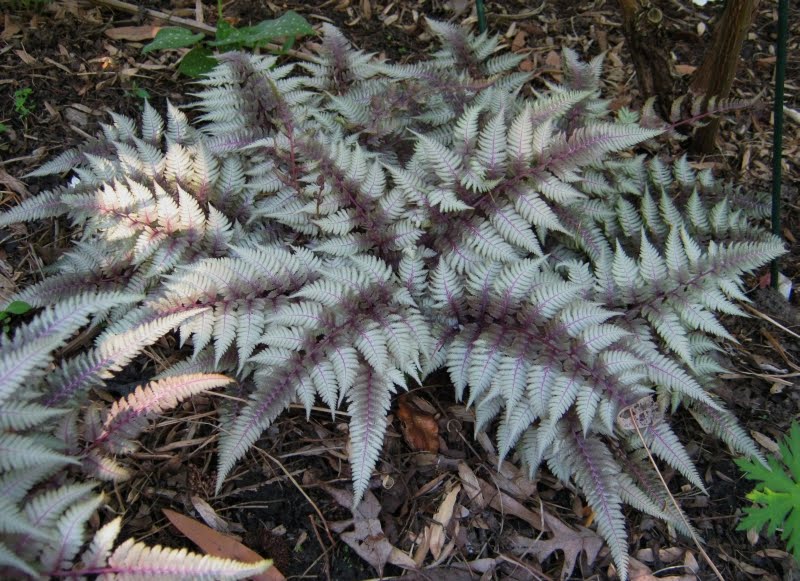

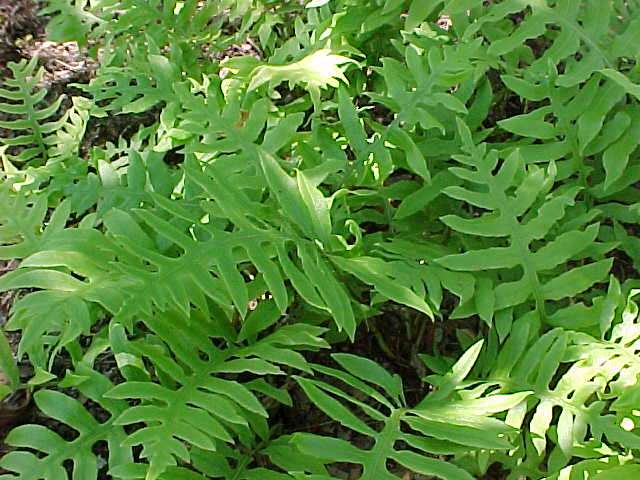
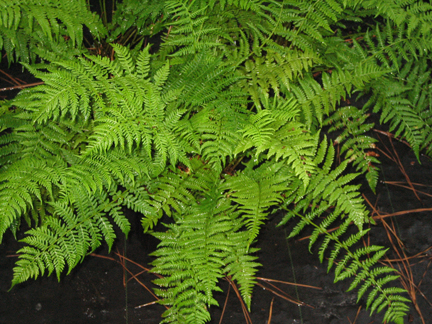
Reviews
There are no reviews yet.